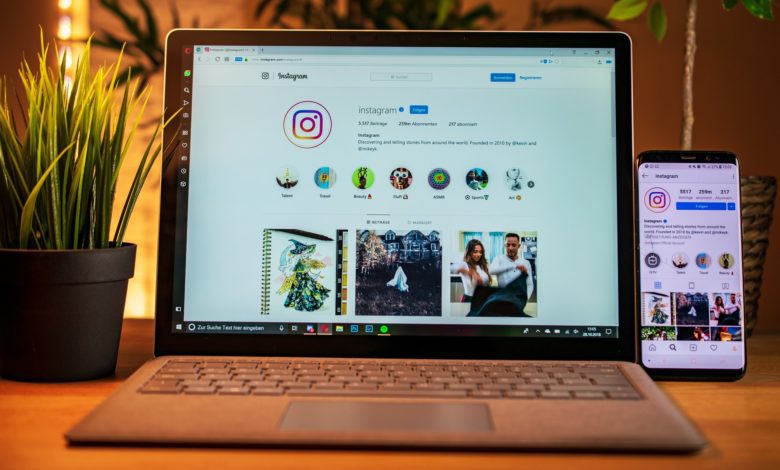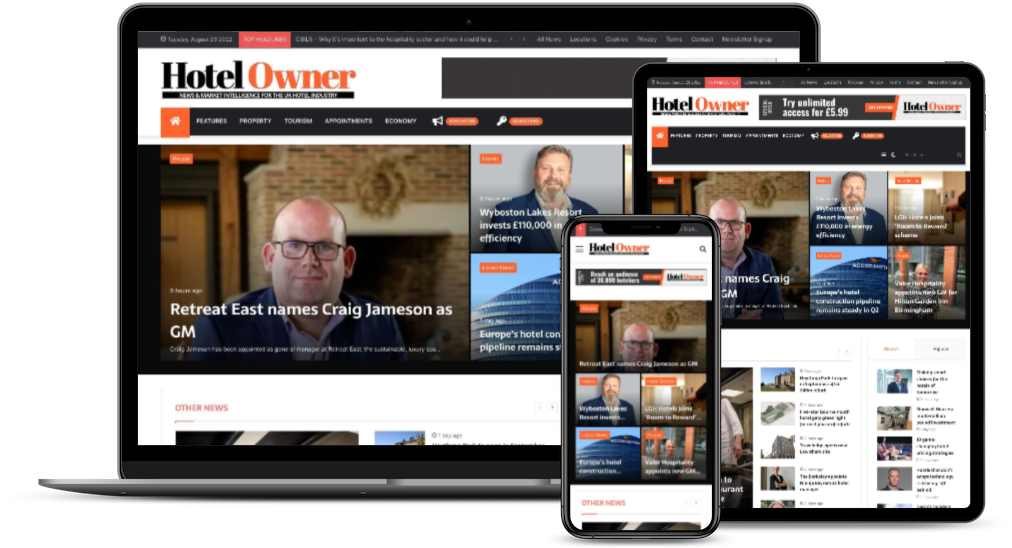A hotelier’s guide to working with influencers
by Maria Hamilton, senior account director at Custard Communications

The world of influencer marketing has come a long way in the last few years. The word ‘influencer’ is no longer reserved for celebrities and household names, instead being used by anyone with relevant and informative content that connects with their audience, primarily through social media.
If you work in the hospitality industry, it is highly likely you have come across the many bloggers, vloggers and social media travel influencers willing to write about their experience and stay in return for accommodation, meals, and in some instances, a partnership fee.
With so many different influencers capturing our attention and working hard to create volumes of content across multiple platforms, it can be difficult to choose who to work with and how to form these partnerships.
What is an influencer?
An influencer is someone who has the power to affect purchasing decisions of others due to their knowledge, authority and position and has a following in a distinct niche with whom they actively engage. A travel influencer, therefore, provides a real-life experience of your hotel or restaurant through user-generated content on social media. They engage with their audience on a personal level, building trusted relationships with their followers, which could be your potential guests.
Choosing the right influencer for your brand is not just about finding someone with a big audience and offering them free stuff to say nice things about you. Influencers are people who have spent time and effort building their own brand and cultivating their audience. The key is to find the right influencer and to use channels relevant to your service, so you can leverage their reach to a like-minded audience.
Choosing the right influencer for you
Relevance and Reach:
The first thing to establish is relevance to your brand and demographic so that you engage with your target audience. Their followers are your potential customers, and it is important that they have similar tastes and expectations to your typical guest.
Spend time considering the different social platforms and the audience on these channels. For a hotel, Instagram is a visually appealing option to showcase the hotel’s facilities and ‘feel’, and offers stories and reels for more interactive video content. Tik Tok might still feel like a new player when it comes to influencer marketing and has a very different profile and following compared to Instagram and Facebook, but it’s bedding in with the travel and recruitment market. It’s important to look at the relevance of the channel as well as the individual and ask: “Is it relevant to your hotel’s audience?”
Social media reach refers to the number of unique users that sees a post or story on any given day, and the number is usually lower than you’d expect. The number of followers an influencer has is, of course, important, but this is only important if it is reaching a relevant audience who would choose to buy or use your service.
Some ‘macro influencers’, those accounts with more than 100k followers, have a more diluted audience, making it harder to pinpoint aligned target audiences and reach. Working with ‘micro influencers’, those with between 10k-100k followers, or ‘nano influencers’ with less than 10k followers can therefore offer a more targeted approach with a better reach.
Engagement and Frequency:
Once you have established relevance and reach, consider the level of engagement and how often the influencer posts. Audience engagement is important as it gives you an insight into how invested the audience is and how influential the content can end up being. You can look at comments, likes and reposts to get an idea of how popular someone’s content really is.
For a hotel, a micro travel influencer would be more relevant than a tech or fashion influencer with 100,000 unique monthly visitors, for example. Engagement is far more important than reach on this occasion and micro-influencers often have the greatest engagement rate and strong, authentic relationships with their followers.
Frequency is also important; there is a direct correlation between how often someone posts and the rate of return, and influencers who post less frequently tend to have a high rate of turnover, fewer return visitors and less loyalty.
Content:
Content is key. When choosing to work with an influencer, it is crucial to have a look at the type of content they traditionally use on their channels. Most influencers have a certain style, and you will quickly be able to identify if this style suits your brand. How do they tell a story and use imagery or video? Does their language, politics and social views align with your brand and guest profile? You should aim to work with influencers whose storytelling reflects the story you are trying to tell.
Return on Investment:
Part of deciding whether to work with an influencer is establishing how much it is going to cost you and what you get in return. Some influencers work on a contra deal, which means that they will offer certain exposure in return for free accommodation or meals, whilst others will expect payment as well, and that payment will depend on their reach, engagement and relevance.
It is important to set clear objectives of what you want out of the relationship and remember you can negotiate. Establish exactly what you want in return, which could come in the form of a number of posts, reels, stories or blogs, and agree this in writing before you offer any free services or agree to pay a fee.
Working with influencers can seem like a minefield. However, if you do your research and focus on working with relevant, authentic and engaging influencers who are willing to work with you to offer a package that reaches clear objectives, you are investing in creating awareness and a sense of community that other marketing channels cannot reach. And that is priceless.









